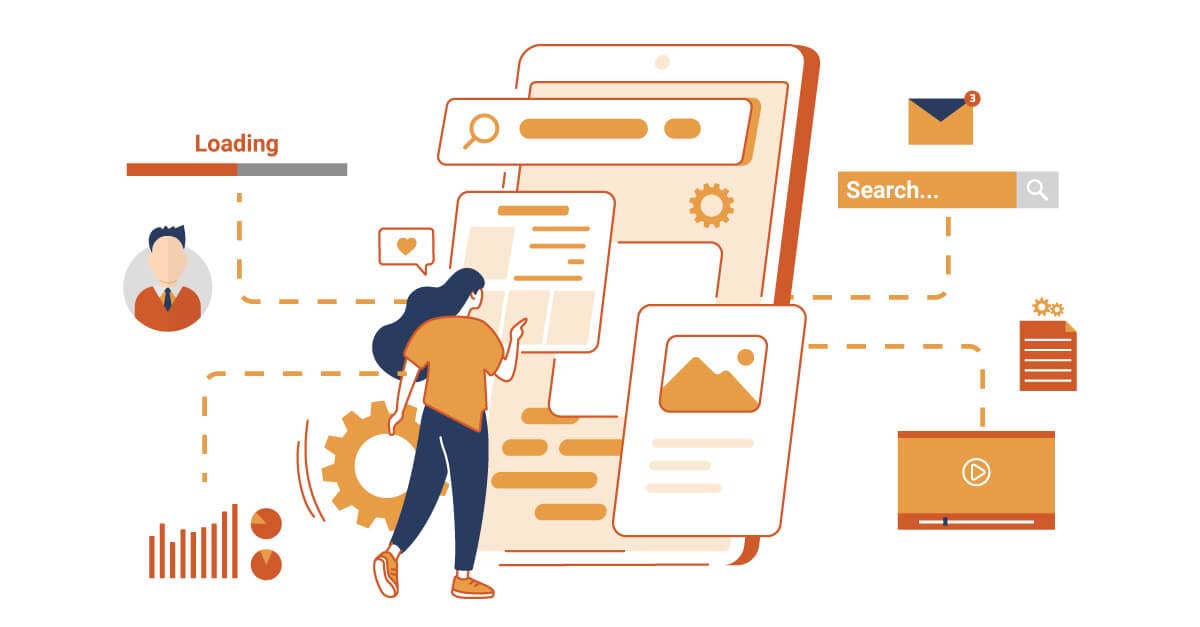
The healthcare industry is undergoing a rapid transformation, and one of the most revolutionary forces behind this change is Generative AI in Healthcare. By harnessing advanced machine learning models, healthcare providers, researchers, and technology innovators are unlocking unprecedented opportunities for diagnostics, treatment, and operational efficiency. This guide explores the fundamentals of developing generative AI solutions, their practical use cases, and the tangible benefits they bring to the sector.
Generative Al in healthcare
Key steps
Define the objective
Clearly outline the purpose — such as enhancing diagnosis accuracy, accelerating clinical research, or improving patient engagement.
Collect & prepare quality data
High-quality, diverse, and anonymized datasets are critical. This includes medical imaging, patient histories, genetic data, and lab results.
Choose the right model
Select suitable generative models such as GANs (Generative Adversarial Networks), VAEs (Variational Autoencoders), or transformer-based architectures depending on the application.

Compliance & ethics
Follow HIPAA, GDPR, and other relevant healthcare data protection regulations to safeguard patient privacy.
Test & validate
Conduct rigorous testing in controlled environments to ensure accuracy, reliability, and safety.

Integrate into healthcare systems
Seamlessly connect the AI model with existing EHR (Electronic Health Record) systems, telemedicine platforms, or diagnostic tools.
Benefits
Enhanced diagnostic accuracy
Improves the precision of disease detection and reduces human error.
Accelerated research
Shortens drug discovery cycles, leading to faster availability of treatments.

Cost reduction
Optimizes resource allocation and minimizes unnecessary procedures.

Improved patient outcomes
Enables more personalized, effective, and proactive care.
Data privacy protection
Synthetic data generation allows AI training without compromising sensitive patient information.

Future
Generative AI in Healthcare will expand into predictive genomics, advanced surgical planning, and real-time patient monitoring. However, the success of these innovations will depend on ethical deployment, robust validation, and cross-industry collaboration.
Conclusion
By following a strategic development process, exploring diverse use cases, and understanding its benefits, healthcare organizations can harness this technology to deliver better patient care, accelerate research, and improve operational efficiency.

